A while ago I saw this neat style of Portait Painting. Here’s a way to do it if you are not good at free-hand portait sketching (which describes me 🙂 ).
Skill: Beginner
Materials: Canvas, Acrylic Paint in your background color and in Black (I like Liquitex Basics…thanks Nicci!), Transfer Paper, and a Grayscale Photo printed to the size you want the finished picture to be
Tools: Paint Brush with a small point, Craft Sponge, Stylus, and Pen
Prep the Canvas
Paint the canvas the color you want for the background using your Craft Sponge. Pale colors tend to look the best, like the pale blue I chose. I saw a portrait like this where the people were painted on a medium green background and it made them look like they were sick. While it dries you can work on the photo itself.
Prep the Photo
Print out the photo you wish to use in Grayscale. This makes it easier to see where you want to show shadows and where you just want to outline. With your pen draw out the outlines and color the shadows you want to include in your finished Portrait. This also gives you a chance to practice. If you make a shadow that looks overbearing or weird, just note it so you don’t trace it onto the canvas later. For example, I didn’t like the shadow on the baby’s upper lip so I was careful to only trace the outline onto the canvas when I came to that step.
Trace Photo onto Canvas
Layer from bottom to top: Dry Canvas, Transfer Paper, Photo. Notice at the top you can see all three layers; tape to table here so that the tape adheres to all of the layers. Now as you trace you can lift the tracing paper to see your progress on the canvas, without misaligning the photo on top. Using your stylus trace all the markings you made previously with your pen. When you are finished the canvas will look like you sketched the portrait with a pencil; and if you made a line you do not want, it will erase with a normal pencil eraser.
If you don’t get it quite centered on the canvas, not to worry, neither did I! You can trim the excess borders later before framing.
A trick I thought of later is to initially draw on the photo with a blue pen, then trace onto the canvas with a black pen (instead of the stylus). That way you can easily see the lines that have yet to be traced and you don’t have to buy a stylus. Hind sight is 20/20 🙂
Paint It!
 Paint over all the pencil lines with your black paint. Using a moist brush (dip in water and wipe on papertowel) will help you make smooth lines, but it will be see-through the first time. I painted two coats of black (three in some places) to get a solid black portrait.
Paint over all the pencil lines with your black paint. Using a moist brush (dip in water and wipe on papertowel) will help you make smooth lines, but it will be see-through the first time. I painted two coats of black (three in some places) to get a solid black portrait.
HAPPY PAINTING !!!
(Jen)
Linking up at:



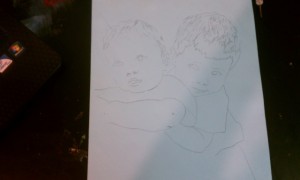



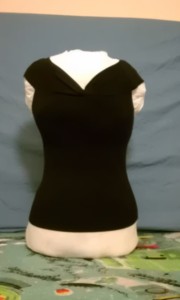












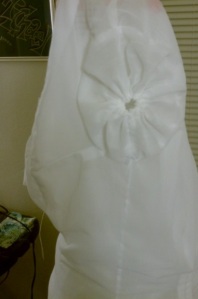










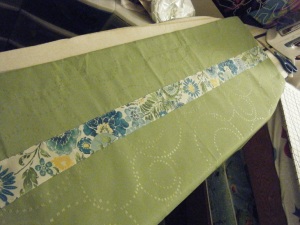

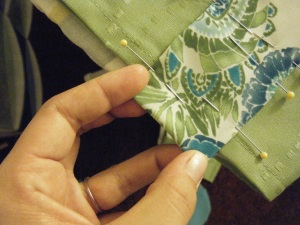








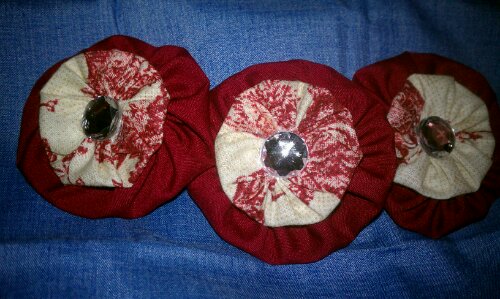


 Etsy by Jen
Etsy by Jen Etsy by Nicci
Etsy by Nicci